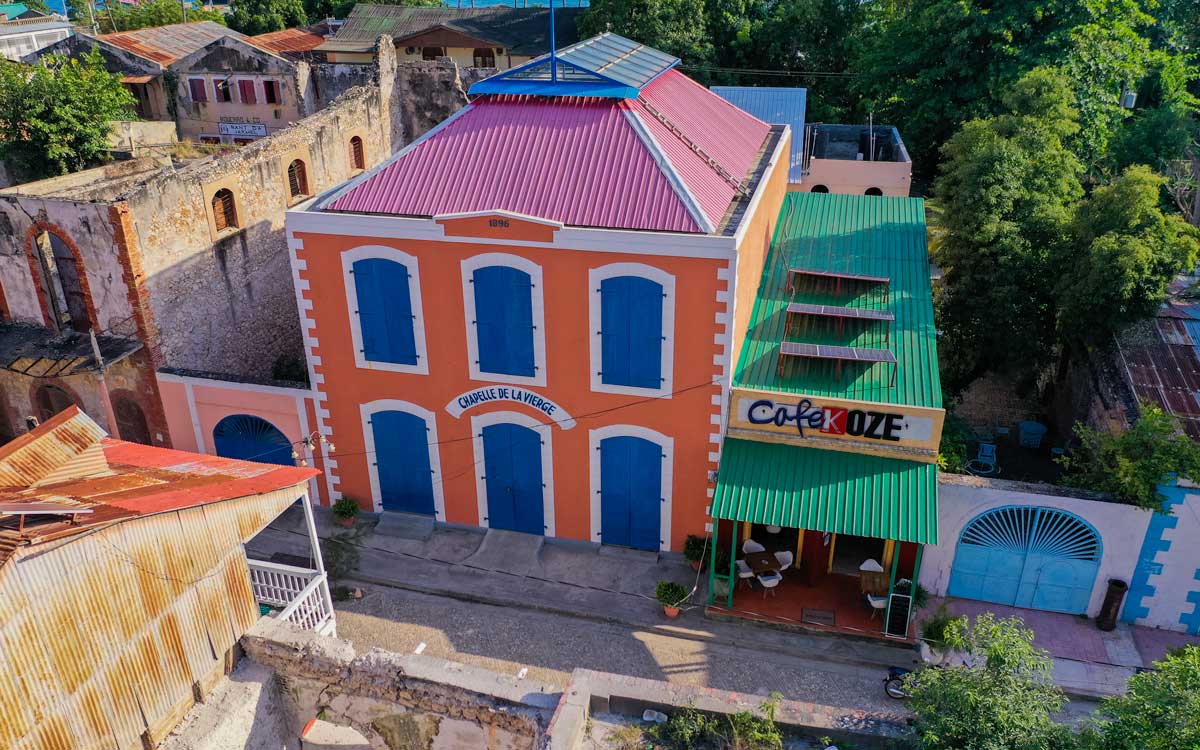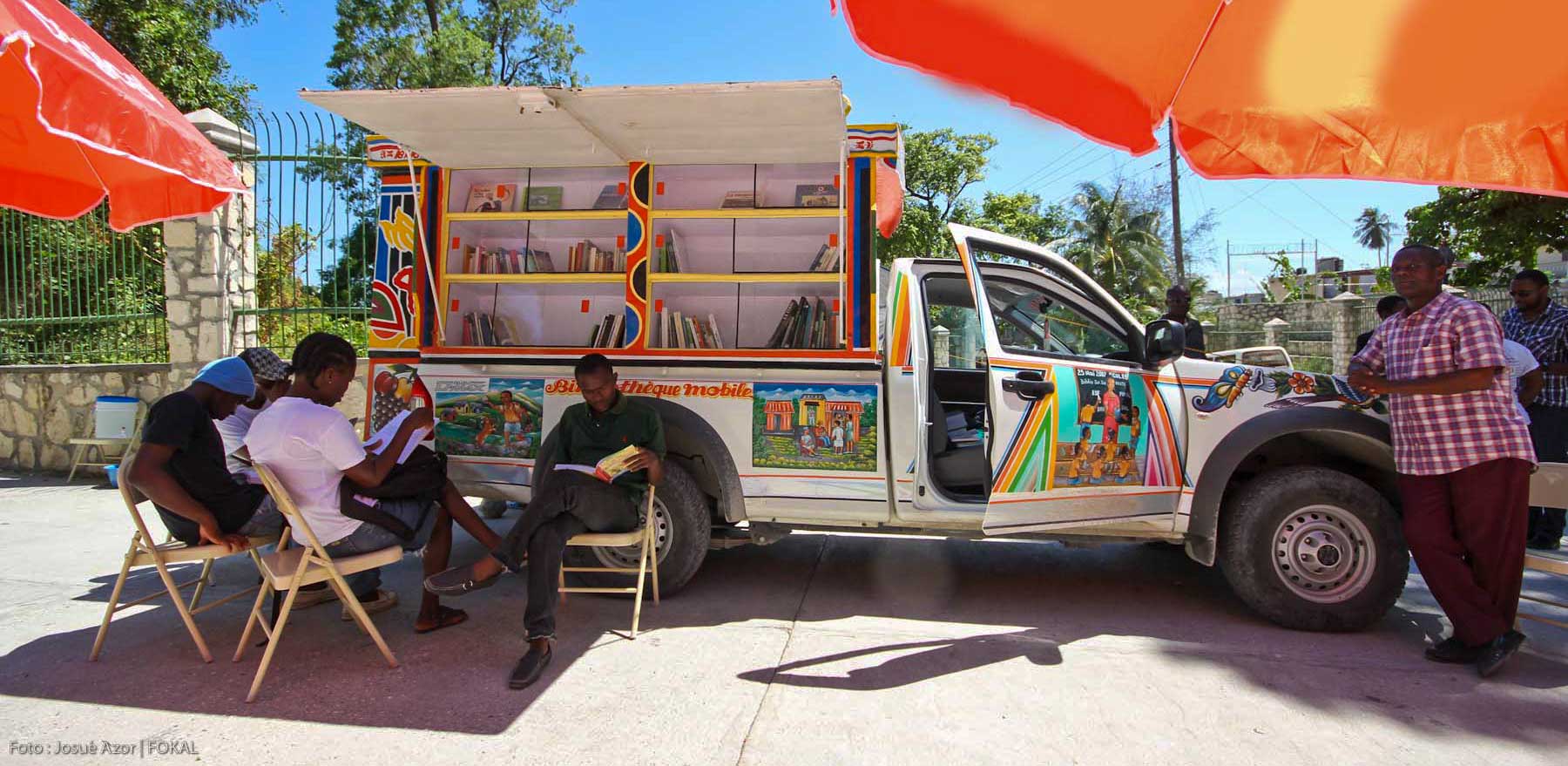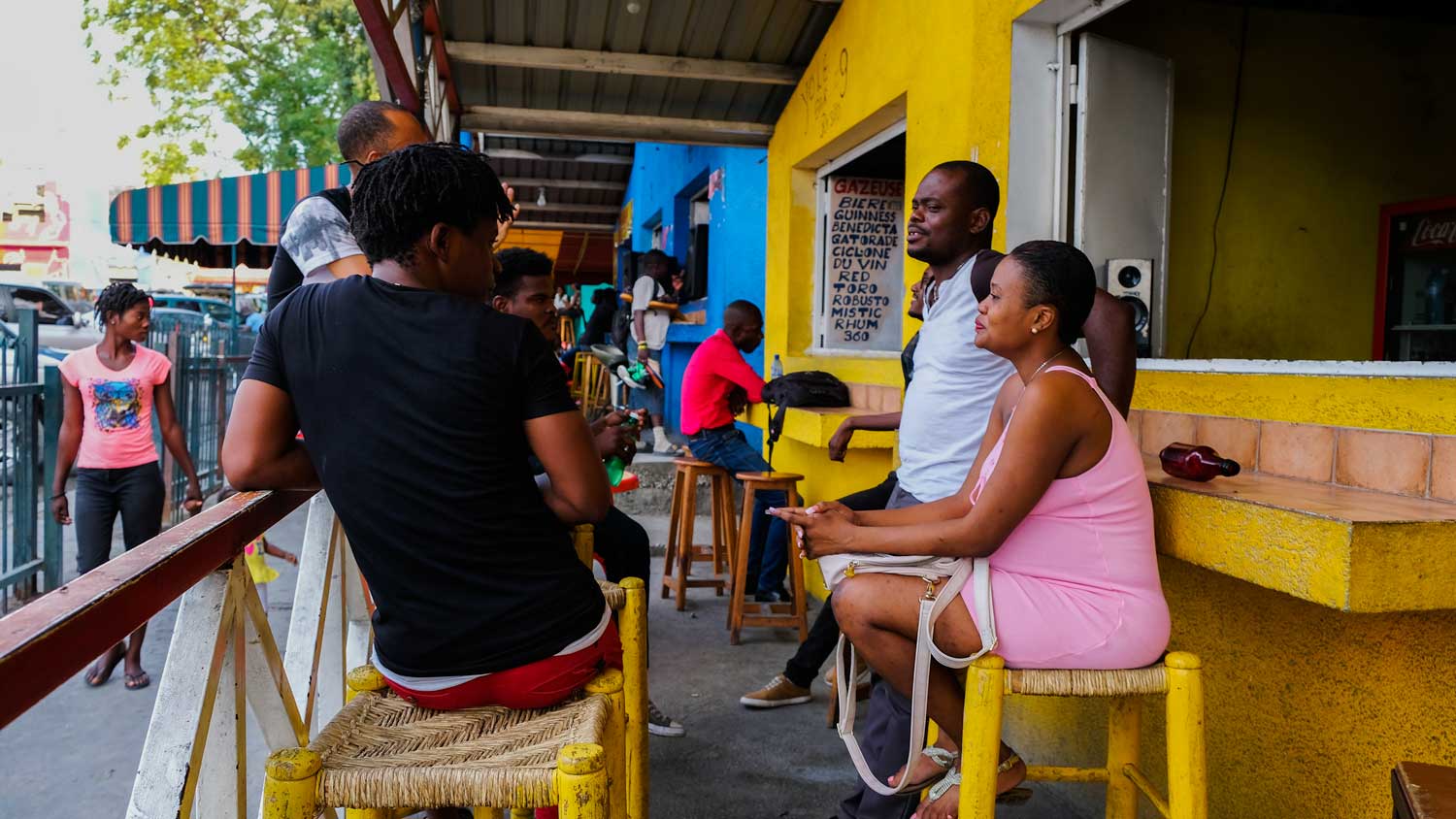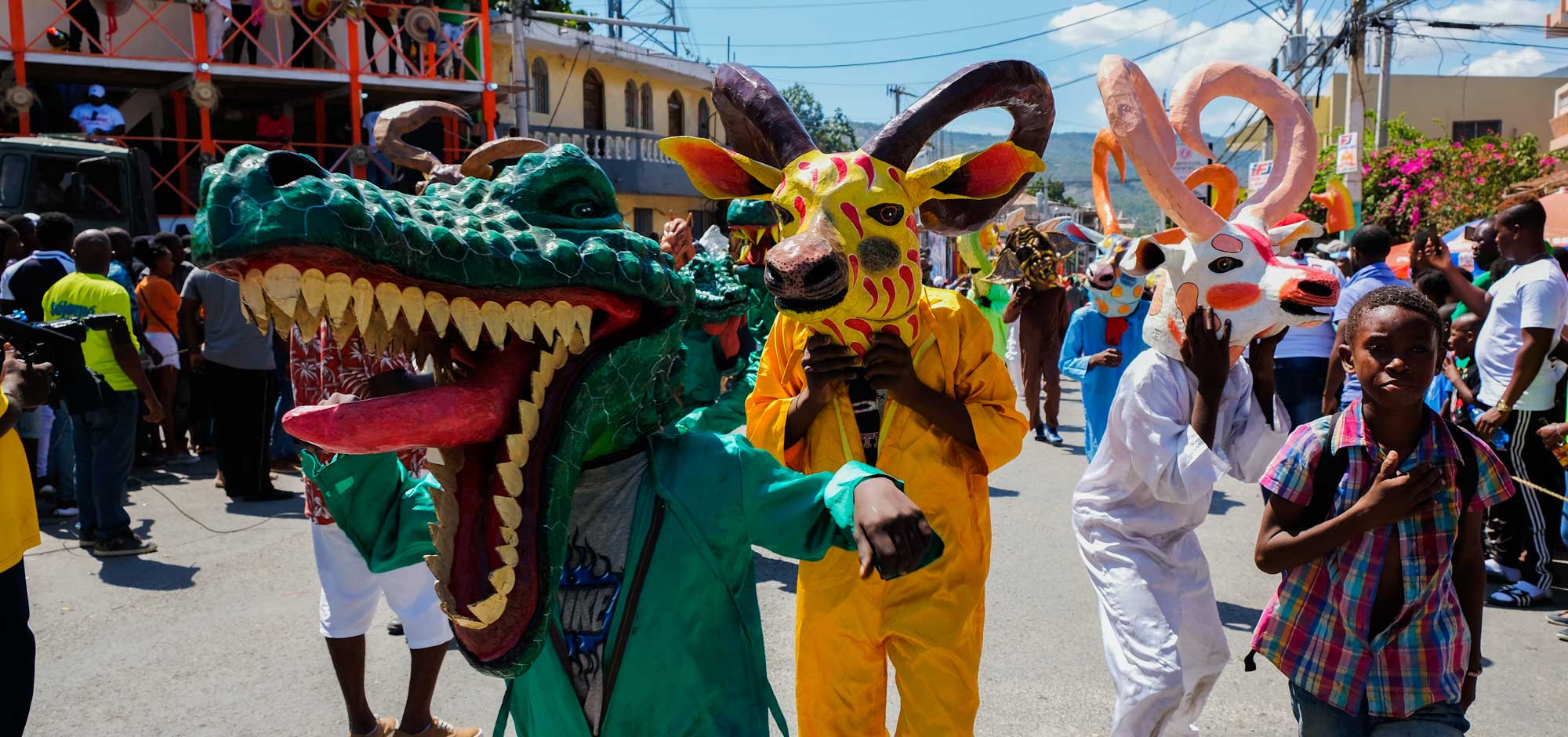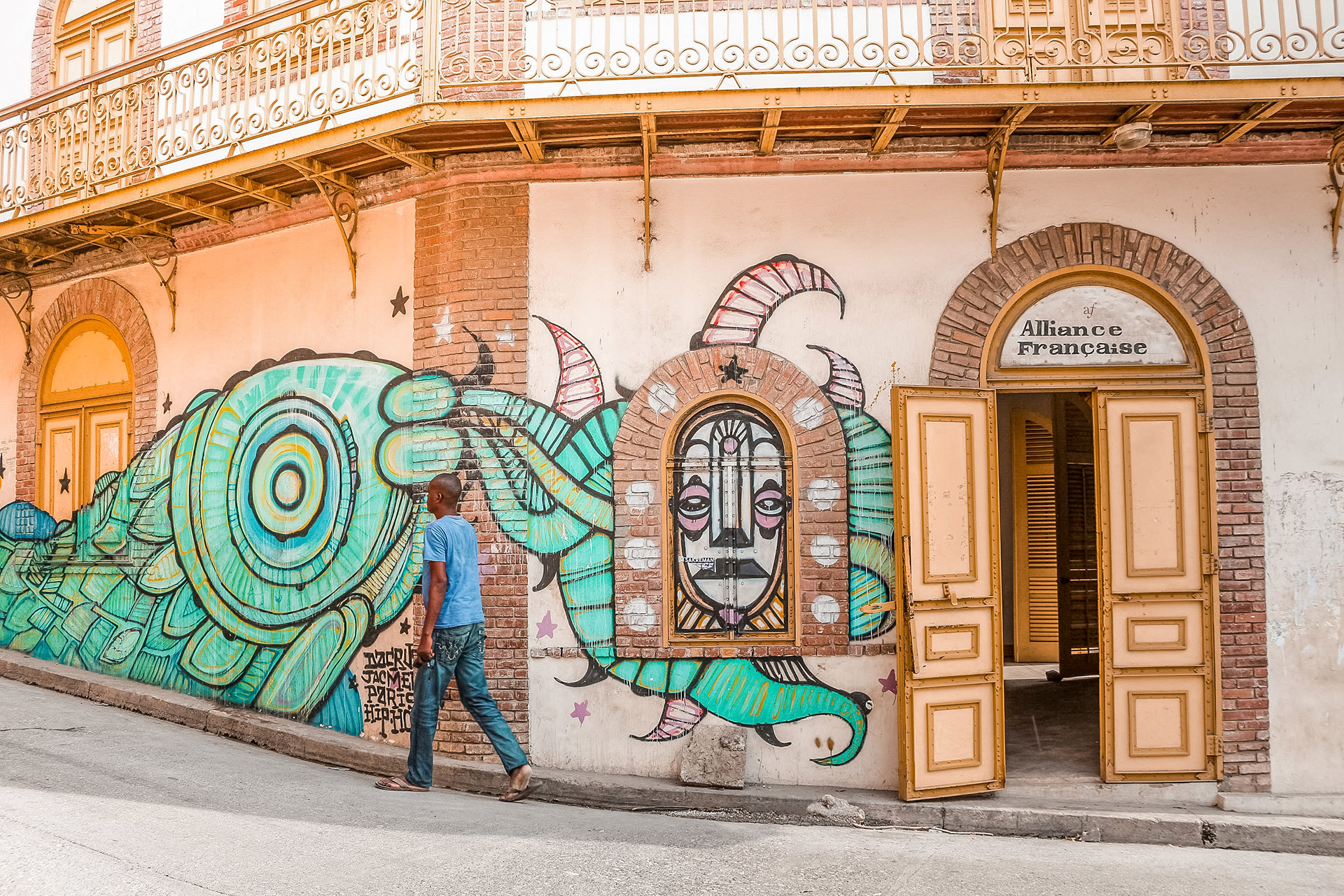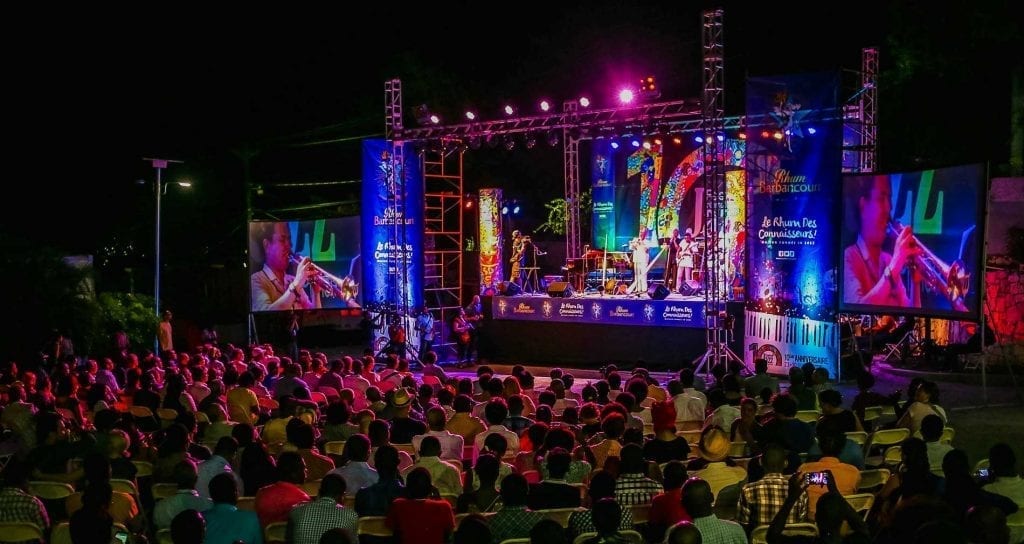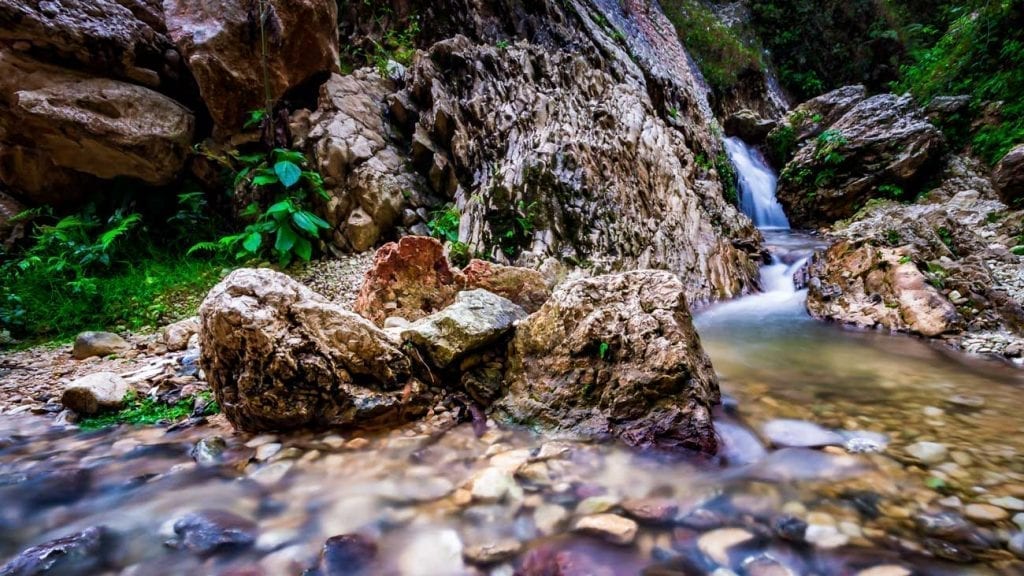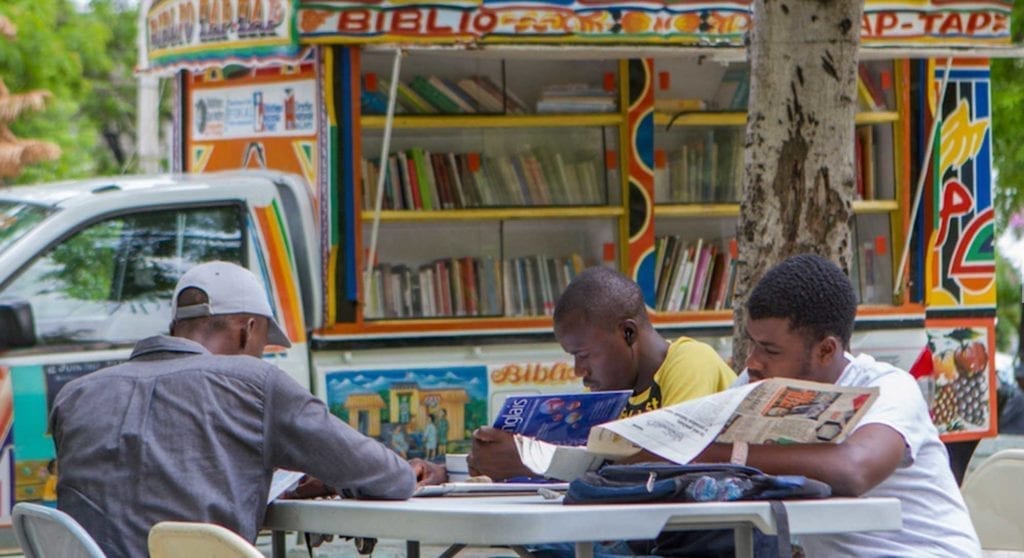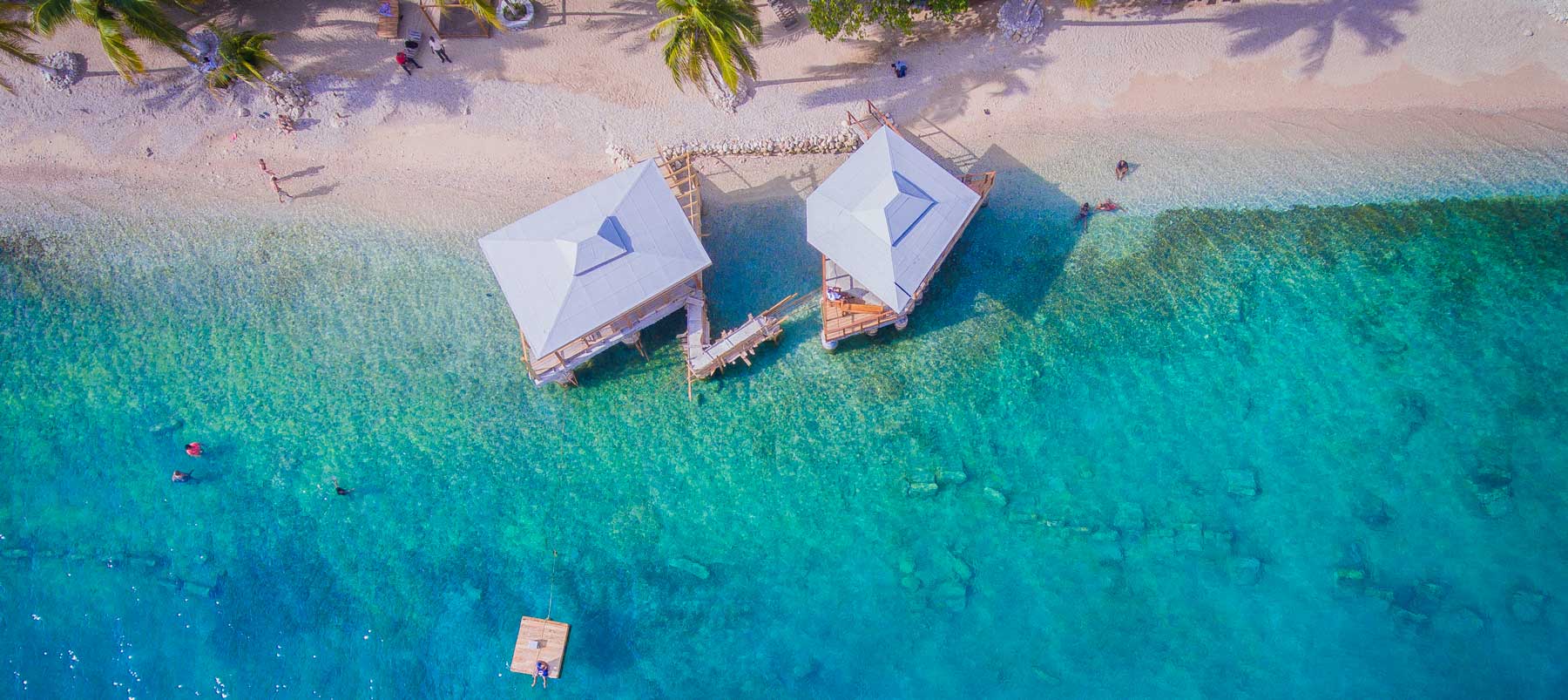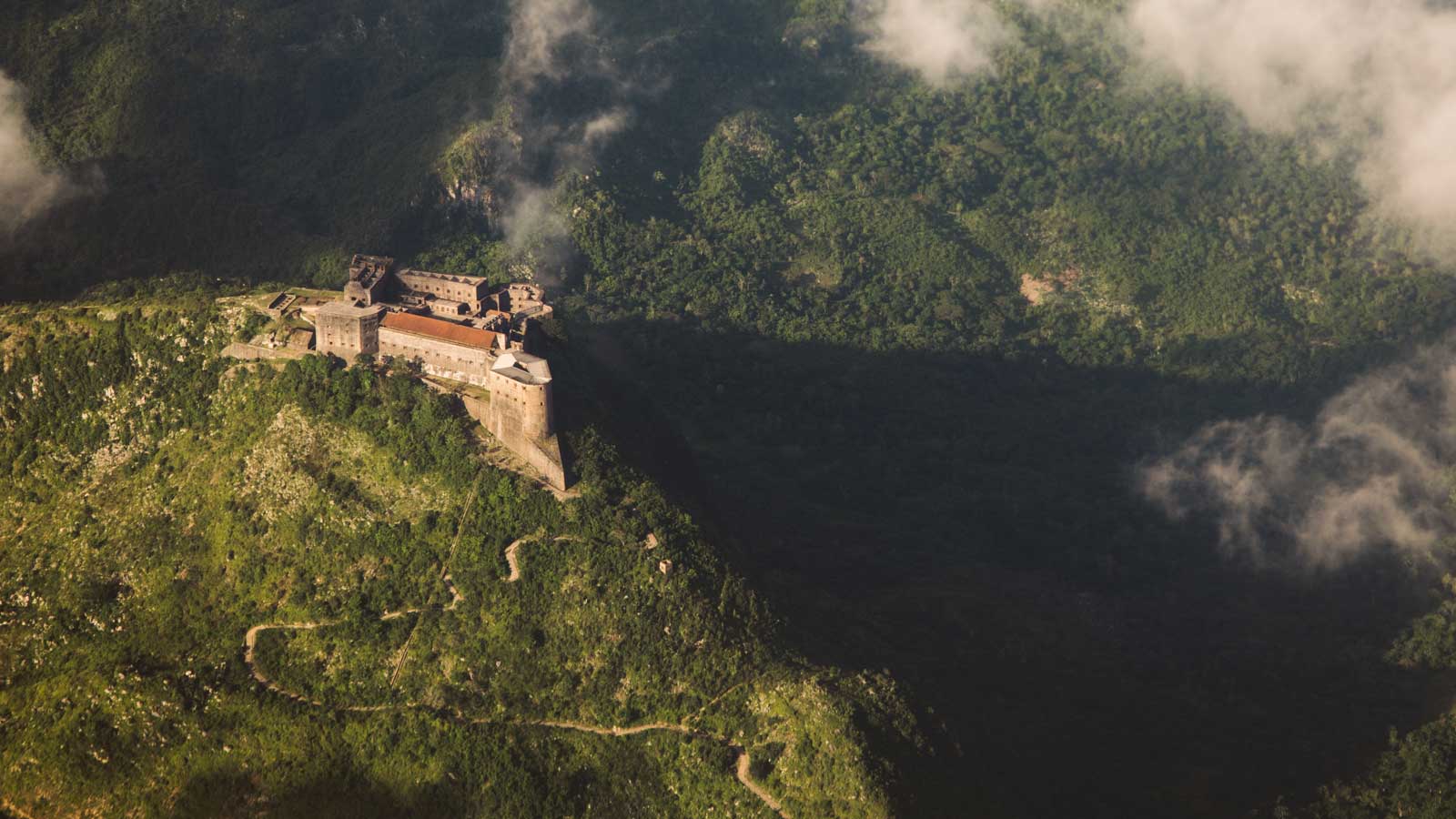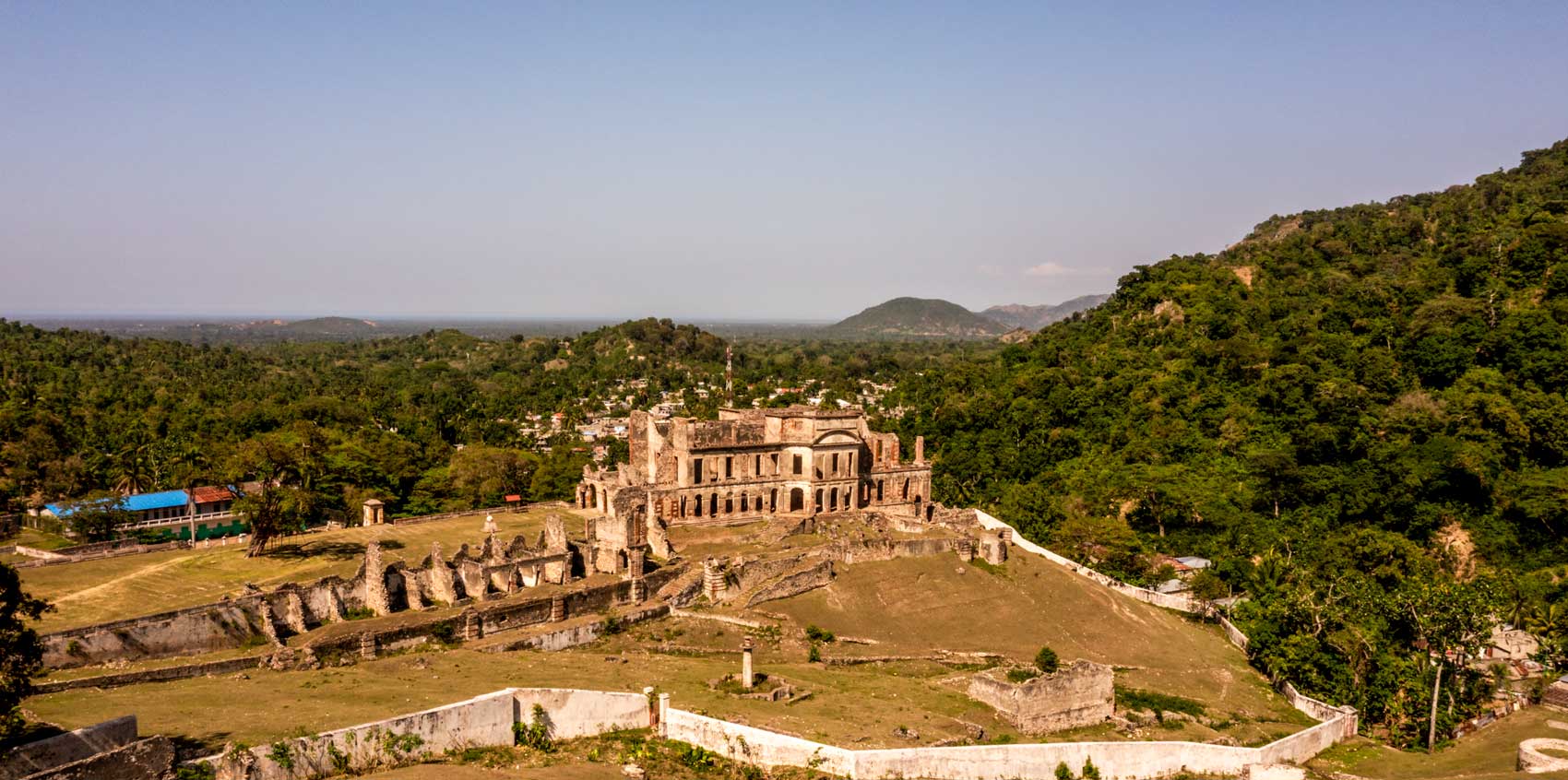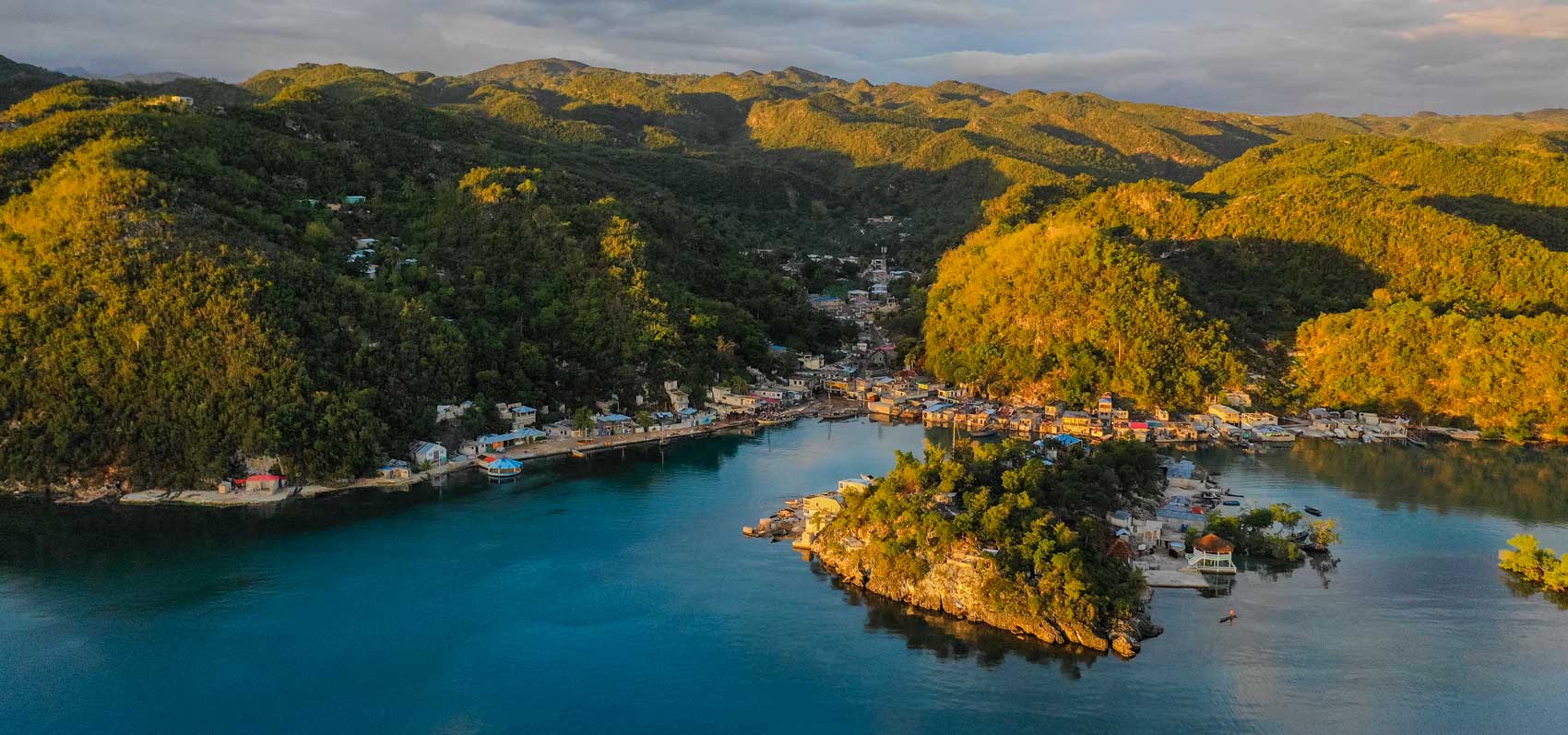
Photo: Mikkel Ulriksen
Explore Pestel
About 40 miles east of the town of Jérémie in Haiti’s Grand’Anse department, Pestel is a small harbour town full of culture, offering cinematic sunrises, sunsets and laidback charm.
From its rustic seaside markets to unique, unexpected places to explore like nearby caves and islands, Pestel is a place not to be missed if you’re touring Haiti’s southeast.
The far south of Haiti (west of Jacmel and Les Cayes) isn’t as visited by travellers as the rest of Haiti, but is just as worthy as a destination. Here are the top things to see in Pestel.
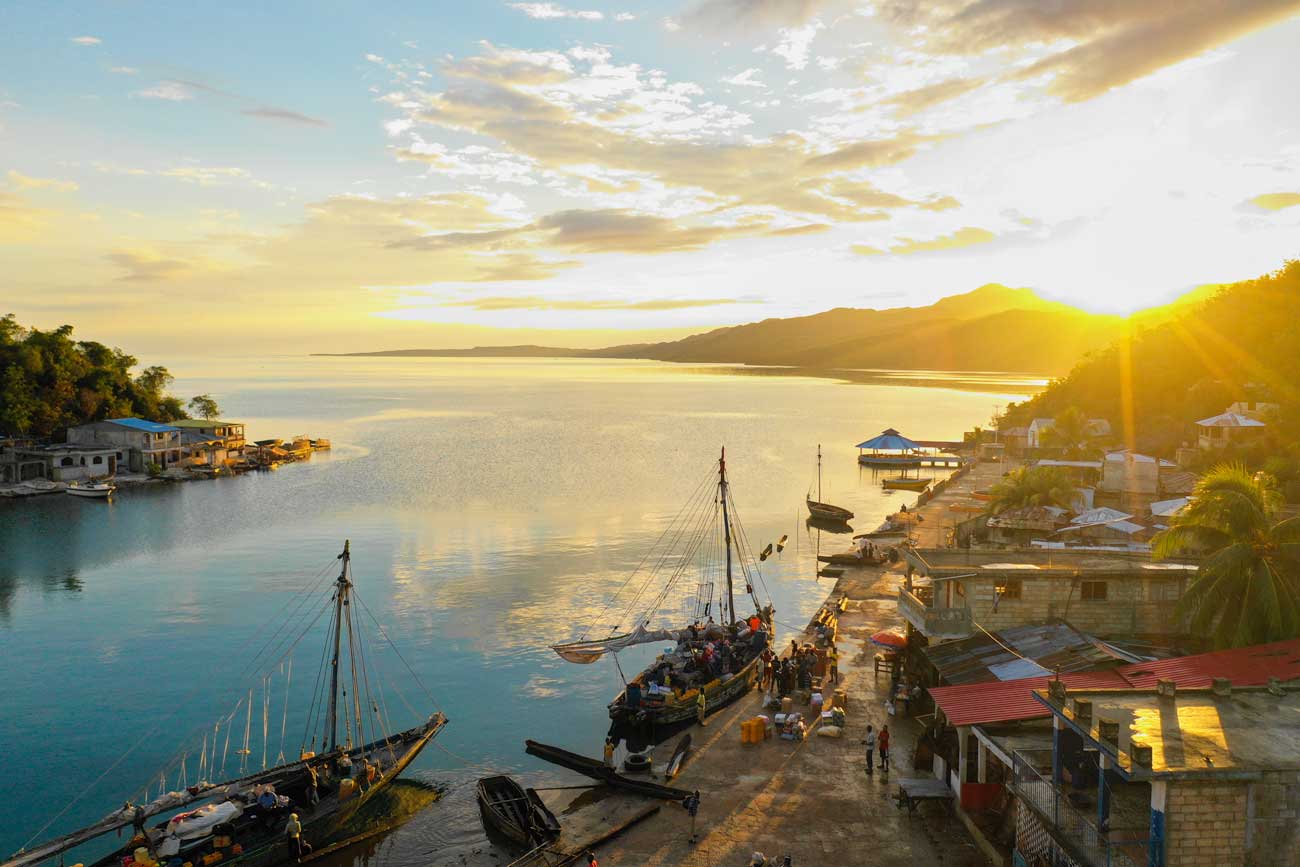
Photo: Mikkel Ulriksen
Wake up with sea breezes
Life in Pestel follows the rhythm of market days – Wednesdays and Saturdays. Early in the morning, you can watch sailboats coast into the city’s port, loaded up with goods from Miragoâne. As the port workers help boats dock and unload, the sea breeze wakes up the town, calling down farmers from the mountains, who supply the town with fresh fruits and vegetables carried by donkeys in saddle-like baskets woven from hay. The entire town of Pestel -house maids, matriarchs, small children sent to run errands – slowly drips into the port, ebbing and flowing between fishmongers and farmers, preparing for the weekend or the new week ahead.
If you’re visiting on market day, you’ll want to make sure that you have enough change on hand, and a reusable bag to take with you so that you can carry your market bounty home.
If you want to stay in Pestel overnight so you can wake up early and watch this gorgeous harbour town come to life, we’ve got you covered. Well and truly off the beaten tourist path, Pestel isn’t exactly crowded with accommodation options, but Madame Jacques’ guesthouse offers a comfortable place to sleep with loads of rustic charm.
Madame Jacques runs a small, simple guesthouse, not a lofty hotel, but her hospitality, loving-kindness (and cooking!) is famous around here. A Haitian mother down to the bone, Madame Jacques prides herself on taking good care of her guests, making sure that you leave her abode with an even better experience of Pestel than you expected.
Fête de la Mer – the Festival of the Sea
Pestel is also the home of Haiti’s one and only Fête de la Mer—the Festival of the Sea. For one long weekend each April, usually from Thursday to Sunday, the city of Pestel hosts various festivities, including a food fair featuring the bounty of the sea, tours to nearby grottoes and sailboat races, the whole thing interspersed with performances by popular Haitian artists.
Fête de la Mer is a great way to explore Haiti and Haitian culture, and to get outside of your city-hopping comfort zone. The Fête de la Mer usually coincides with Easter, and festival organizers will announce the confirmed dates well ahead of time.
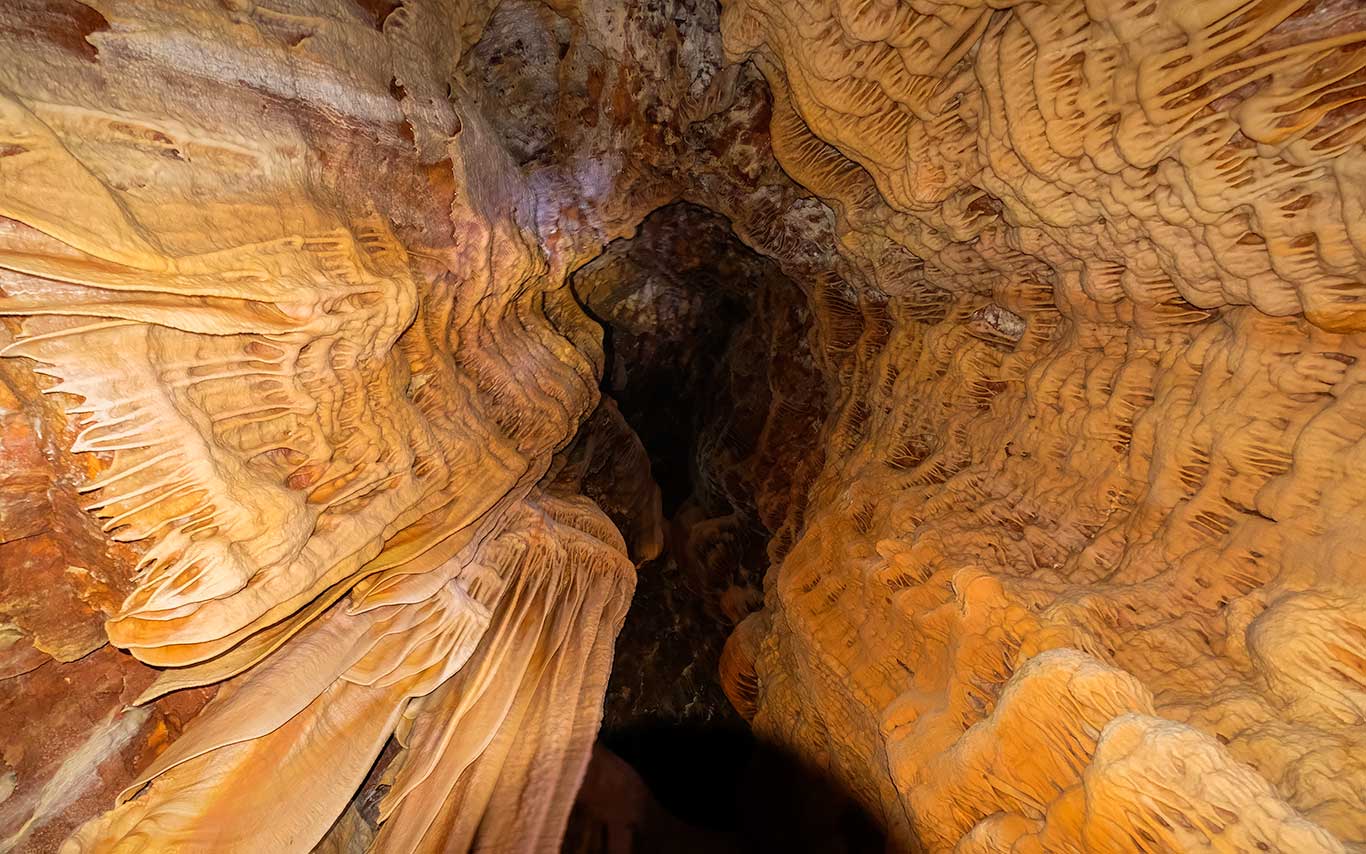
Photo: Franck Fontain
Caves and islands
Have the caves mentioned earlier caught your attention? If they have, you already know that they are a feature of the Fête de la Mer, but if you’re planning to visit Pestel outside the month of April, the caves are still open to visitors. Wander through the cool, secluded, mystical caverns as guides lead you through the history of the caves. Feeling a bit apprehensive about going into the grottoes on your own? Tour agency Haïti Roots runs excursions to the caves, including the most well-known – the Bellony grotto.
Pestel is also a great launchpad for a tour of nearby Cayemites, a cluster of small islands offering their own unique experience. About six miles from Pestel, the Cayemites islands offer an intimate, secluded adventure. Think fine, sandy beaches melting seamlessly into crystal-clear water, with that Caribbean sunshine you’re craving as well as shade offered by the fringe of forest that leans toward the water’s edge.
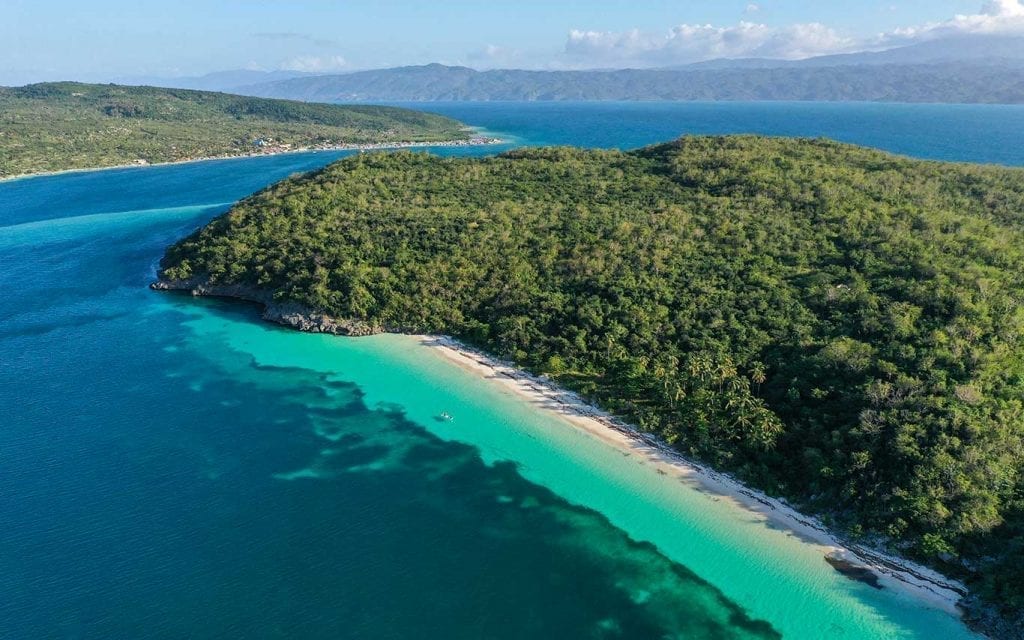
Photo: Anton Lau
Flag of the freedom fighters
Over the last decade or so, Pestel has been the home of a slow-burning political awakening, starting around the time when former death squad leader and political man Guy Philippe was arrested in the city. The arrest brought with it winds of change, independence, and lack of tolerance for wayward governance. In that same spirit, the black and red flag of Haiti’s liberation in 1804 floats freely on a flag pole in the harbor, calmly signaling to one and to all that there is no freedom without unity in the fight for what’s right for all.
Need to Know
Pestel is a harbour town with a vibrant market, incredible sunrises, sunsets and laidback charm.
Madame Jacques’ guesthouse is the place to stay overnight to wake up with the market (Wednesday and Saturday mornings).
Cave and island tours – Haïti Roots runs tours to mystical caves including the Bellony grotto. Charter a boat trip to the Cayemites for an unparalleled exclusive beach experience.
Fête de la Mer – the Festival of the Sea is celebrated in Pestel every April.
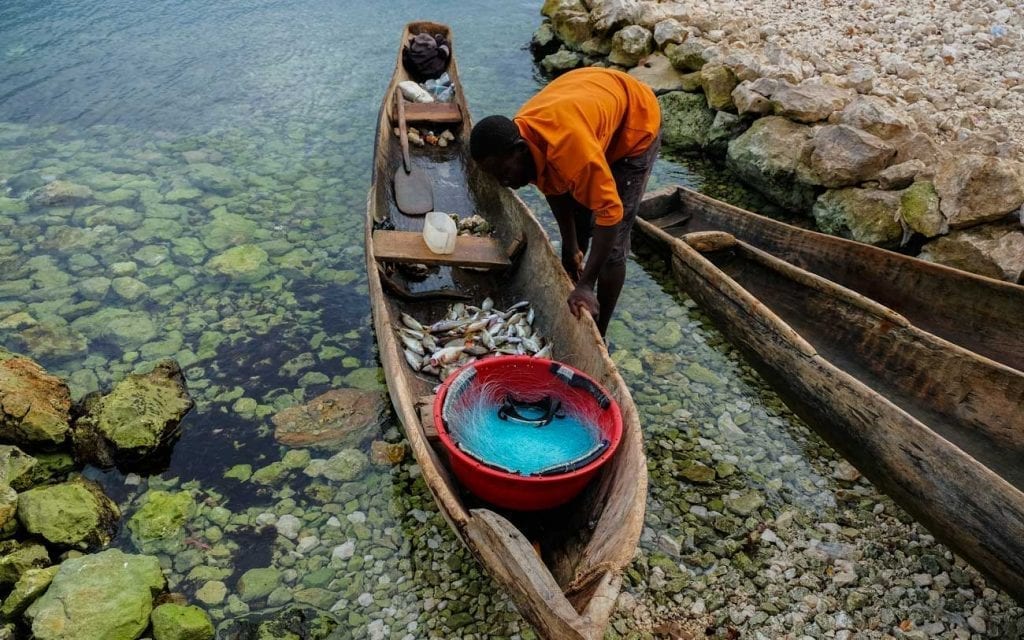
Photo: Franck Fontain
Written by Kelly Paulemon.
Published January 2020
Find Pestel
Looking for some cool things to do?

Paradise for your inbox
Your monthly ticket to Haiti awaits! Get first-hand travel tips, the latest news, and inspiring stories delivered straight to your inbox—no spam, just paradise.









